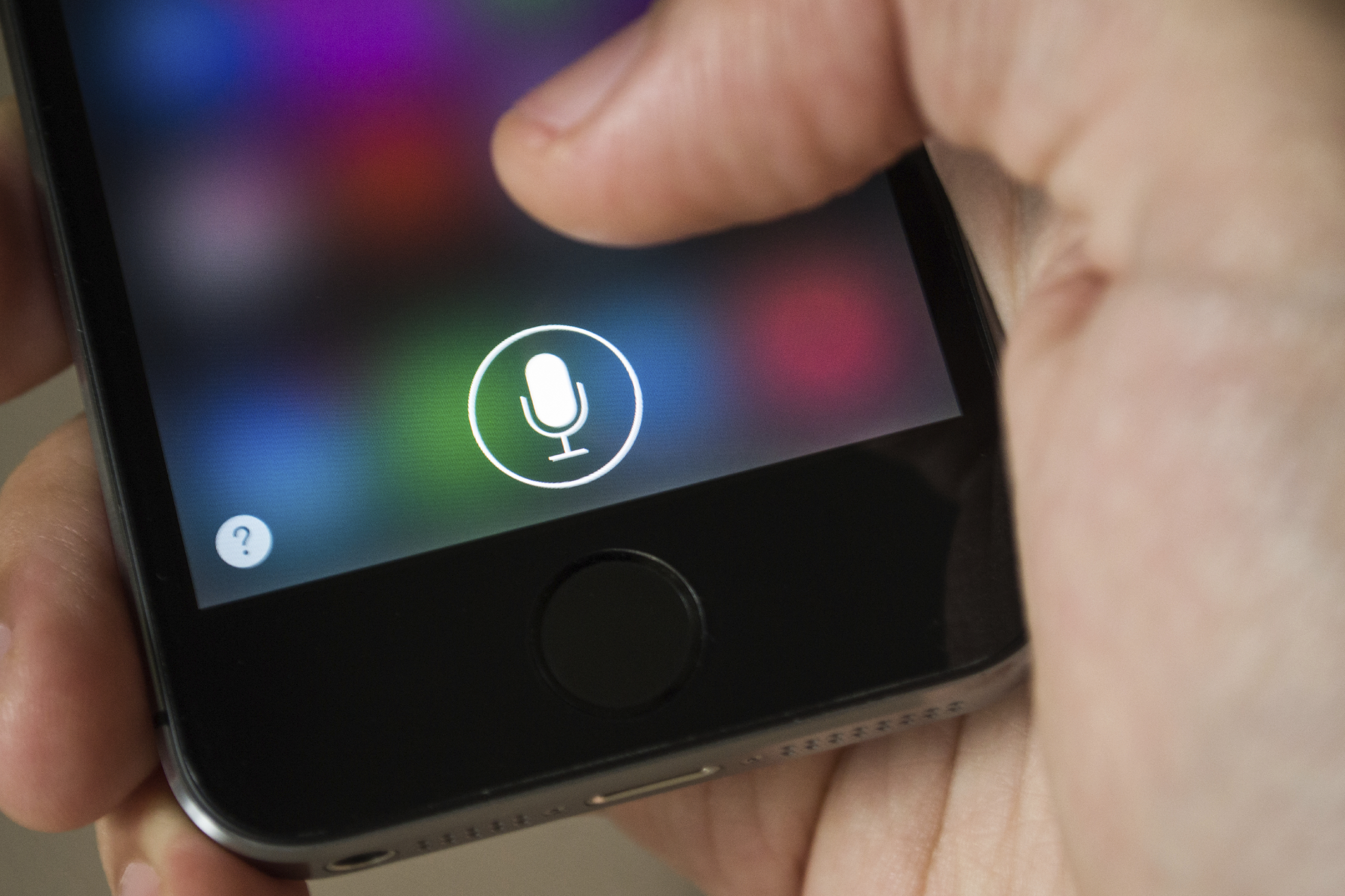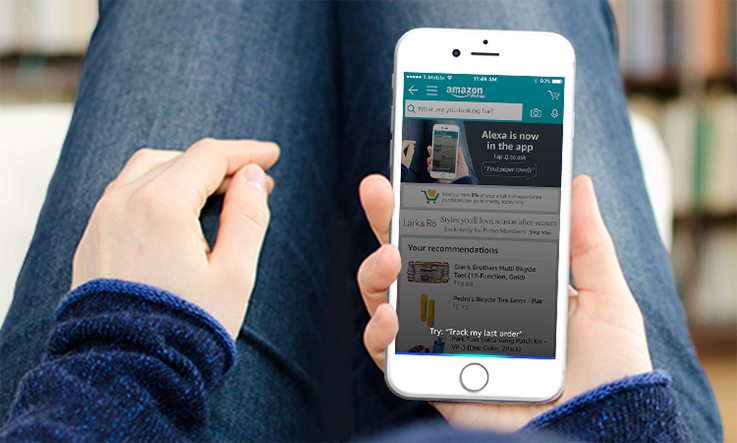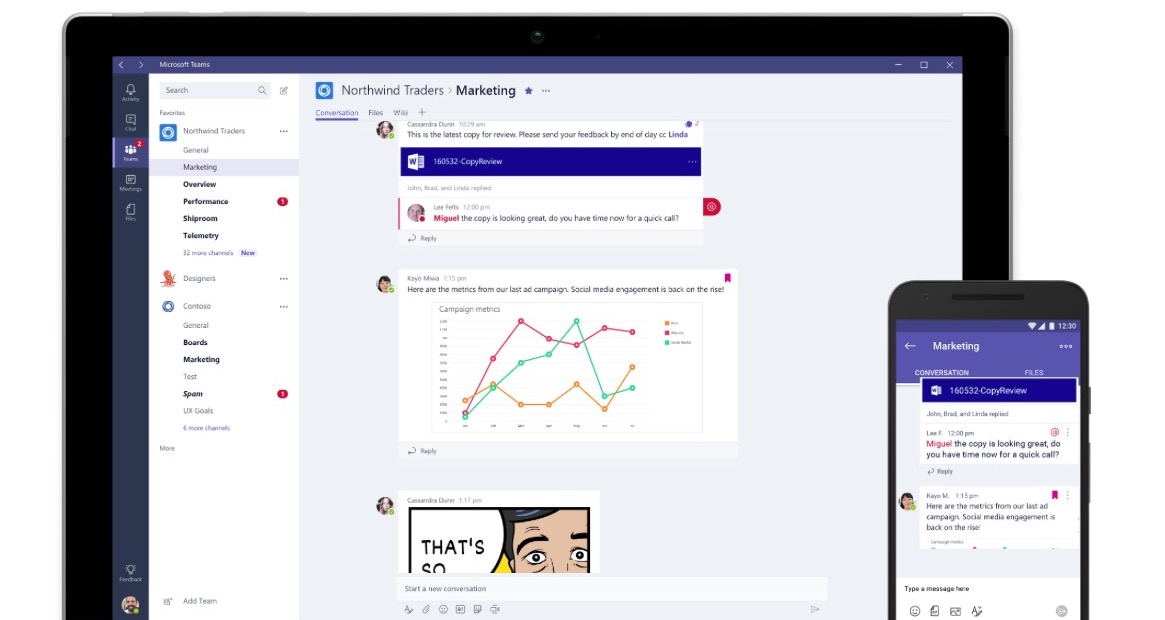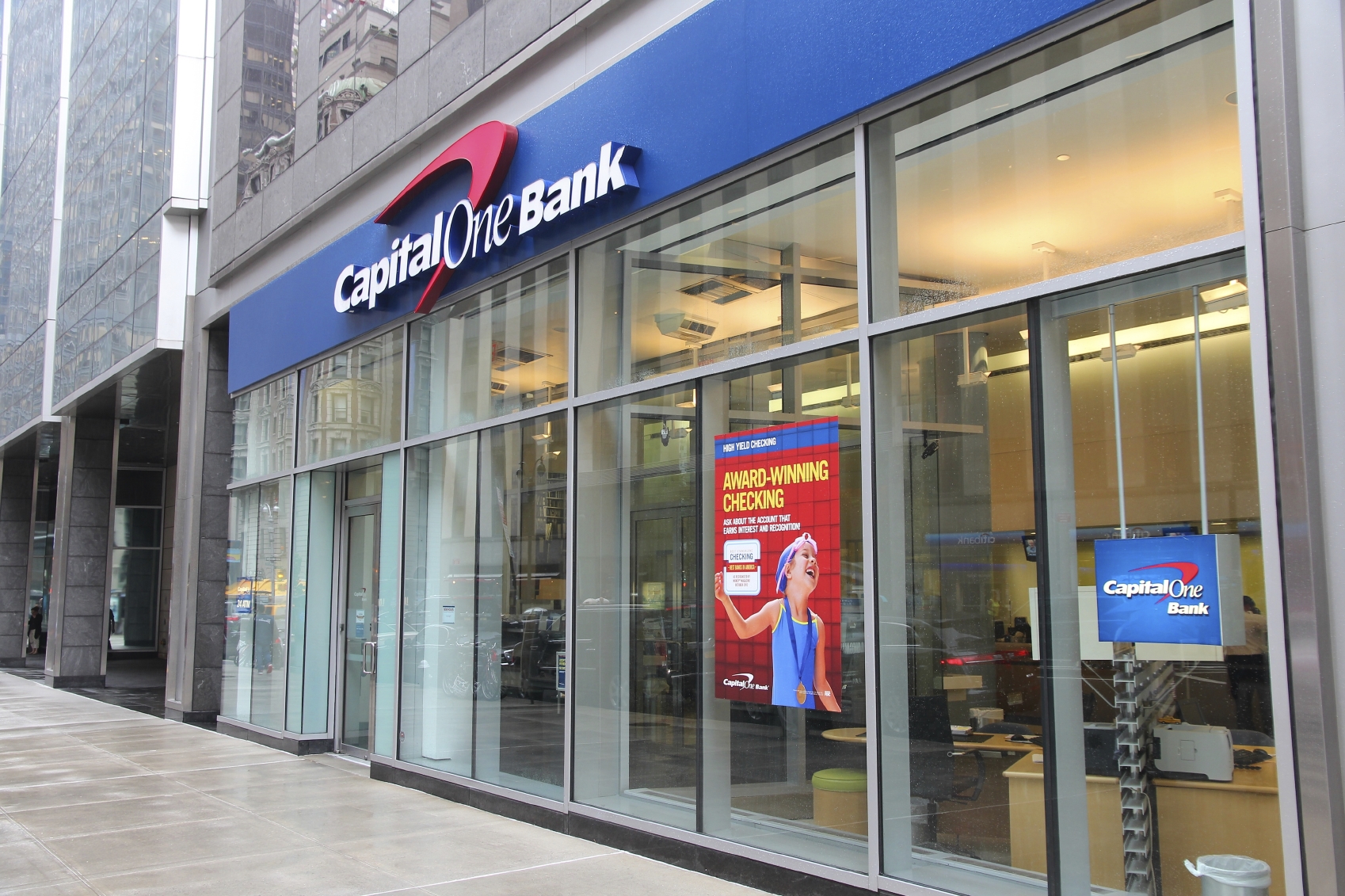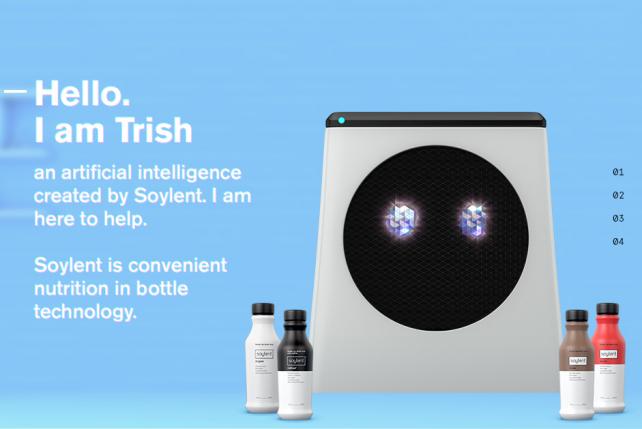What Happened
Over the past week, Google Assistant gained about a dozen new actions (voice-only apps for Google Assistant, akin to skills for Alexa and Cortana), enabling new features and functions for Google Home and Pixel phones. One standout among this batch is one created by Chefling, a fridge-monitoring app. By enabling this action, users can share their grocery list with Chefling to allow its Google Home action to tell you when food in your fridge is likely to expire or suggest recipes based on ingredients in your kitchen.
What Brands Need To Do
Normally, Google Home users can ask Google Assistant to add grocery items to a Google Keep shopping list, but Chefling expands that use case to cover the post-grocery shopping activities. And Google Home’s voice-based interface makes it a perfect companion in the kitchen, where hands-free interactions are often preferred. When creating voice-based apps for voice-based smart devices, brands need to think about the extra value they can offer to enhance the user experience and establish a touchpoint with customers that are quickly embracing voice-activated digital assistant services.
How We Can Help
The Lab has extensive experience in building Alexa Skills and chatbots to reach consumers on conversational interfaces. So much so that we’ve built a dedicated conversational practice called Dialogue. The “Miller Time” Alexa Skill we developed with Drizly for Miller Lite is a good example of how Dialogue can help brands build a conversational customer experience, supercharged by our stack of technology partners with best-in-class solutions and an insights engine that extracts business intelligence from conversational data.
If you’d like to learn more about how to effectively reach consumers on conversational interfaces, or to leverage the Lab’s expertise to take on related client opportunities within the IPG Mediabrands, please contact our Client Services Director Samantha Holland ([email protected]) to schedule a visit to the Lab.
Source: VentureBeat
Header image is a promotional image for Google Home

